BMW Says No Successor Planned for I3 Hatchback

BMW’s i3 has reached the end of its road. The manufacturer recently stated that the model will not be updated, adding that there’s no plan for a successor. Despite the oddball Bimmer serving as the technological basis for the Mini Electric slated to launch next year, the i3 is going to stick around in its current form until the company has no further use for it.
Released in 2013, the i3 was Bavaria’s first stab at a mass-market EV. While this author sees them routinely parked in coastal cities, they’re an anomaly elsewhere. Overt success has eluded the model in the United States, with annual sales dropping from a high of 11,024 units in 2015 to just 6,117 deliveries in 2018. This year’s U.S. sales look to be even weaker for the model.
Fortunately for BMW Group, European sales have been on the rise every year since the car’s introduction. Last year, that resulted in 24,252 deliveries for the region — with 2019 already positioned to surpass that figure easily.
With numbers like that, it’s easy to see why the manufacturer is having difficulties deciding what to do with the EV. The model isn’t a hit but, as far as EVs are concerned, it’s not exactly a failure. “There’s no specific plan for an i3 successor,” Pieter Nota, BMW’s sales and marketing chief, told the Financial Times in a recent interview. “We are now bringing electrification more to the mainstream.”
The current strategy involves keeping the i3 around, unchanged, for the next few years while BMW works toward finishing new EVs and adding more plug-in options to its current lineup. It also likely doesn’t want to spent a lot of time and money developing a new version of vehicle that would likely usurp sales from the upcoming Mini Electric.
From FT:
BMW is installing plug-in hybrid technology into its best-selling models, which allows them to drive using electric power in cities and conventionally on longer journeys.
The carmaker also plans 13 battery-only models by 2023, a timeframe that was recently brought forward because of impending emissions targets.
At the Frankfurt Motor Show last week the company unveiled the design for an electric car coming out in 2021, as well as showing the electric Mini that will go on sale next year.
Currently in its fifth iteration, BMW has sold more than 150,000 i3 cars to date, with higher demand every year, as the nascent market for electric vehicles blossomed.
While numerous claims state that the design theory used by BMW on the i3 and i8 will also be abandoned on future, the company’s Vision iNEXT (above) concept continues to appear at automotive trade shows wearing similar black body panels and blue accenting. We even saw the concept at the Frankfurt Auto Show this month. That doesn’t mean BMW intends on keeping the design as is, especially considering its highly unconventional interior. But it does suggest that the company isn’t nixing the funky i-design theory in its entirety.
Subsequent prototypes and concept vehicles for future EVs also showcase similar design cues, albeit in a much subtler format. Teasers for the electrified 2021 i4 sedan and 2020 iX3 (below) crossover previewed both vehicles with only minor black and blue accenting along the side sills and rear bumper.
[Images: BMW]

A staunch consumer advocate tracking industry trends and regulation. Before joining TTAC, Matt spent a decade working for marketing and research firms based in NYC. Clients included several of the world’s largest automakers, global tire brands, and aftermarket part suppliers. Dissatisfied with the corporate world and resentful of having to wear suits everyday, he pivoted to writing about cars. Since then, that man has become an ardent supporter of the right-to-repair movement, been interviewed on the auto industry by national radio broadcasts, driven more rental cars than anyone ever should, participated in amateur rallying events, and received the requisite minimum training as sanctioned by the SCCA. Handy with a wrench, Matt grew up surrounded by Detroit auto workers and managed to get a pizza delivery job before he was legally eligible. He later found himself driving box trucks through Manhattan, guaranteeing future sympathy for actual truckers. He continues to conduct research pertaining to the automotive sector as an independent contractor and has since moved back to his native Michigan, closer to where the cars are born. A contrarian, Matt claims to prefer understeer — stating that front and all-wheel drive vehicles cater best to his driving style.
More by Matt Posky
Latest Car Reviews
Read moreLatest Product Reviews
Read moreRecent Comments
- Jkross22 Sure, but it depends on the price. All EVs cost too much and I'm talking about all costs. Depreciation, lack of public/available/reliable charging, concerns about repairability (H/K). Look at the battering the Mercedes and Ford EV's are taking on depreciation. As another site mentioned in the last few days, cars aren't supposed to depreciate by 40-50% in a year or 2.
- Jkross22 Ford already has an affordable EV. 2 year old Mach-E's are extraordinarily affordable.
- Lou_BC How does the lower case "armada" differ from the upper case "Armada"?
- TMA1 Question no one asked: "What anonymous blob with ugly wheels will the Chinese market like?"BMW designers: "Here's your new 4-series."see also: Lincoln Nautilus
- Ivor Honda with Toyota engine and powertrain would be the perfect choice..we need to dump the turbos n cut. 😀
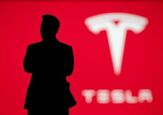
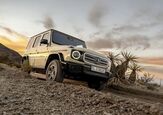
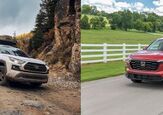

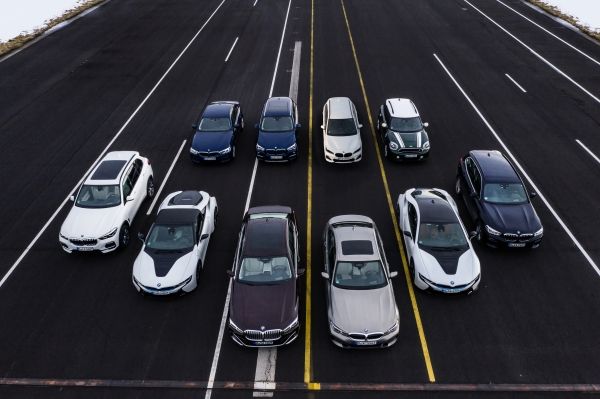

















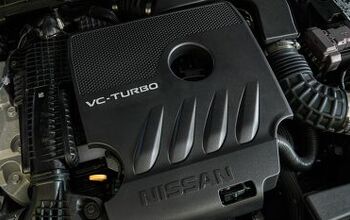
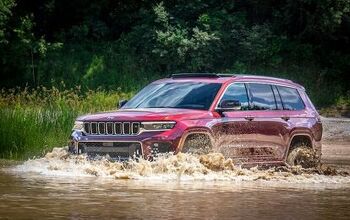
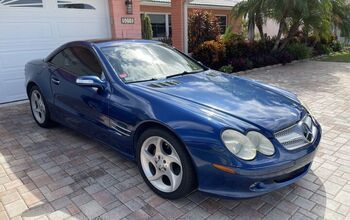
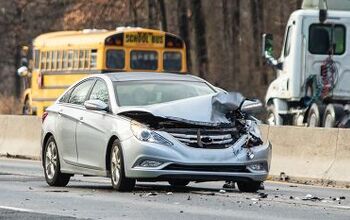
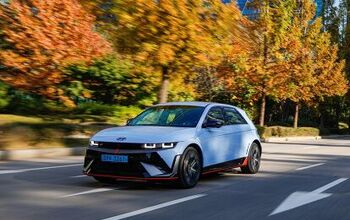
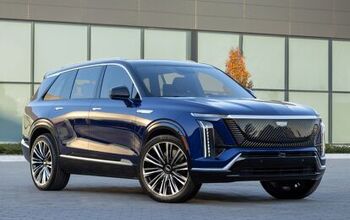
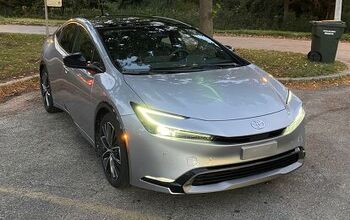
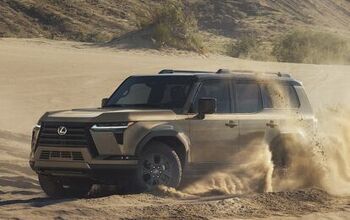
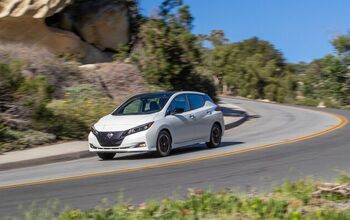


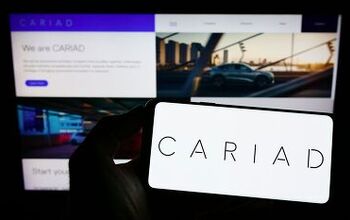
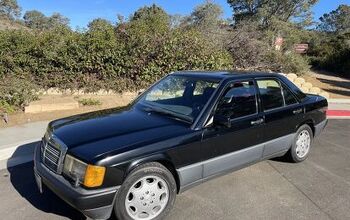

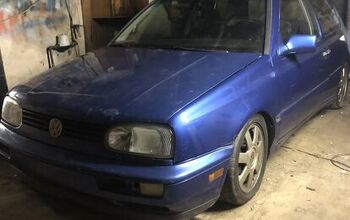
Comments
Join the conversation
Good, it was styled so it didn't appeal to anyone who cared how their car looks to ensure it did not cannibalise sales of more profitable BMW's. As a test-bed its time is over. However, I do like the series-hybrid format that was available with the i3, I like the idea of only having enough (very expensive and heavy) batteries for my 80-miles per day commute with an ICE to kick-in (always running at it's most efficient load/speed) to keep the batteries topped up for a long drive and/or to warm the cabin in very cold weather. Rather than carrying a huge battery that I rarely use but still isn't enough for occasional long-distance travel. I think the series-hybrid format could give greatly reduced emissions without the range anxiety, unlike a parallel-hybrid it eliminates the transmission and since the sustained load on an engine is only a fraction of the maximum the ICE can be quite modest in size.
The only wonderful thing about it was the interior design and the use of recycled materials, which points towards how vehicular cabins will be made in the future using renewable and eco-friendly materials such as cloth instead of leather. Outwards, I have always felt that the i3 was a monstrosity, a jumbled up and mishmash design that made no sense in the context of BMWs specific design language. The i8 is not much better.